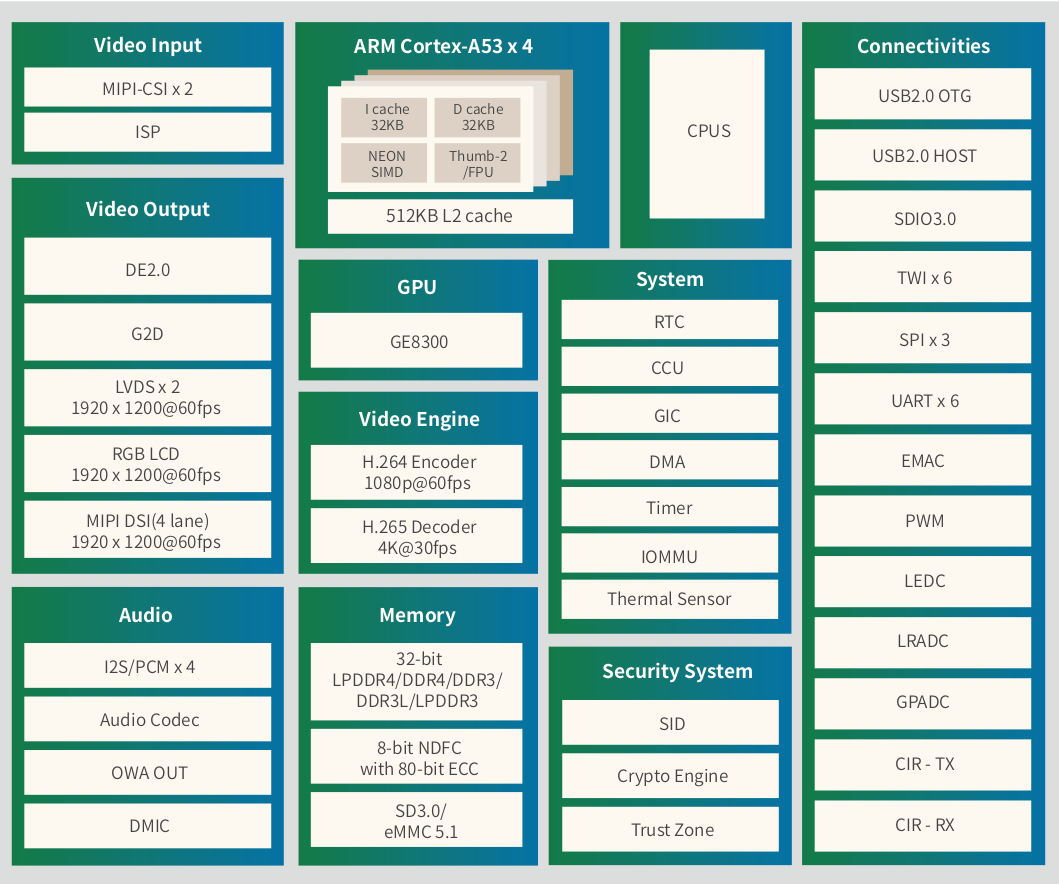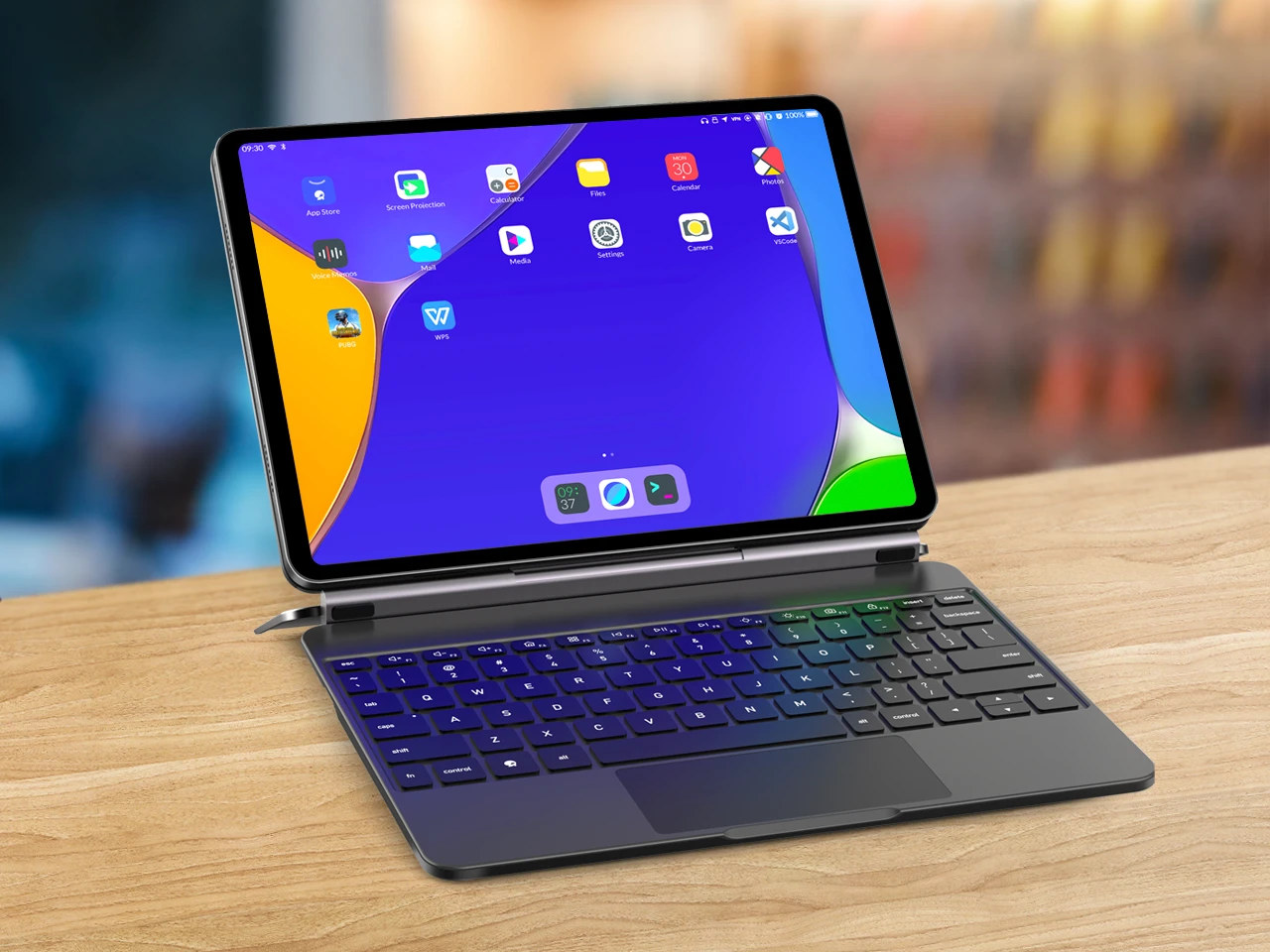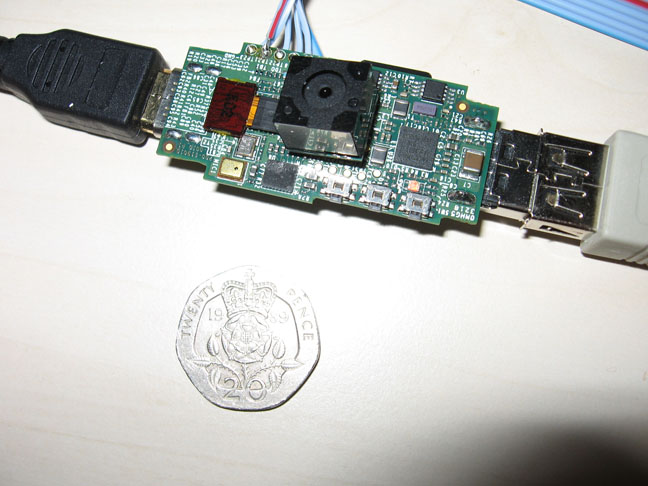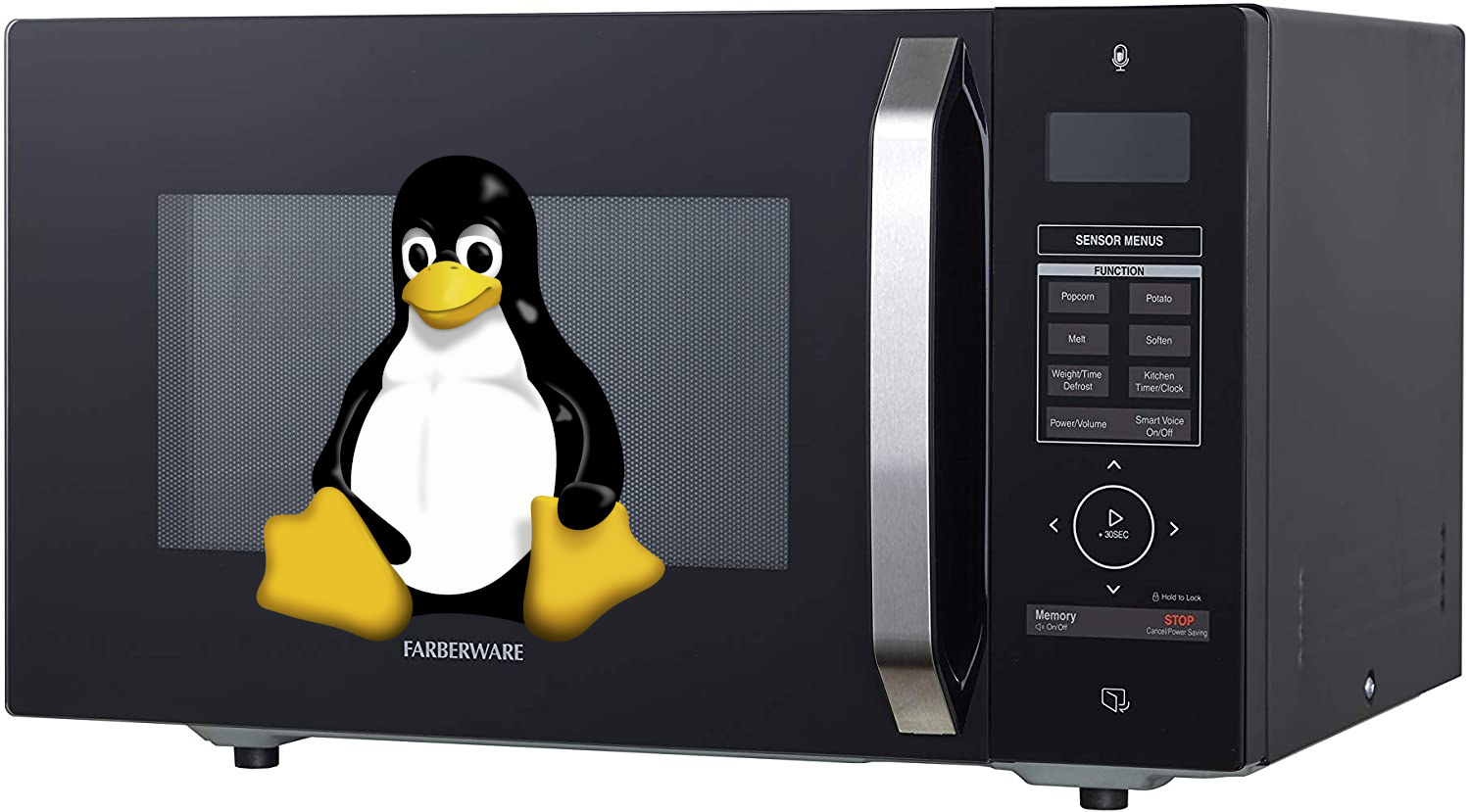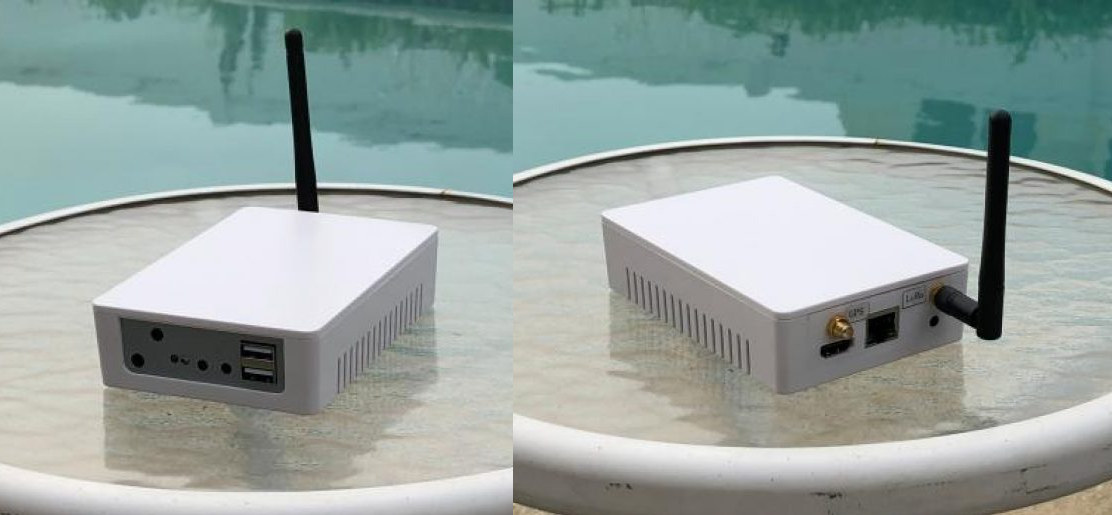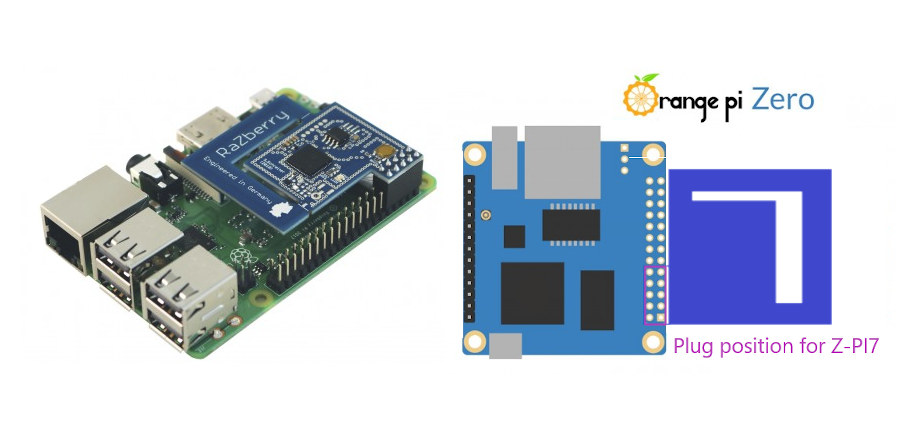We’ve previously covered several Allwinner R-Series processors designed for smart speakers such as Allwinner R328 and R329 dual-core Cortex-A53 processors with the latter include a small AI accelerator from Arm China. But the Chinese company has recently a new more powerful quad-core processor with Allwinner R818 suitable for smart speakers with a screen, also called “smart displays”. Allwinner R818 specifications: CPU – Quad-core Arm Cortex-A53 @ 1.6 GHz with 32KB L1 I-cache + 32KB L1 D-cache per core, 512KB L2 cache, and CoolFlex power management architecture GPU – Imagination PowerVR GE8300 with support for OpenGL ES3.2, Vulkan 1.1, OpenCL 1.2 Memory I/F – DDR3/DDR3L/DDR4/LPDDR3/LPDDR4, 32-bit width, up to 4GB Storage I/F – eMMC 5.1, 8-bit parallel NAND Flash, SPI NAND flash Video Unit H.265 video decoder 4K @ 30fps, H.264 video decoder 4K @ 30fps, VP9 video decoder 720p @ 30fps H.264 video encoder 1080p @ 60fps MJPEG/JPEG Baseline encoder […]
Summer 2021 of Open Source Promotion Plan is China’s alternative to Google Summer of Code
China has now an alternative to the Google Summer of Code, an international annual program in which Google awards stipends to students who successfully complete a free and open-source software coding project during the summer. China’s alternative is called “Summer 2021 of Open Source Promotion Plan”, also known as “summer 2021” for short, and is organized by the Institute of Software Chinese Academy of Sciences and the openEuler community. It’s a global program open to college students around the world who want to participate in the development and maintenance of open-source software. There’s only one specific requirement to be able to apply: be at least 18 years old at the time of registration. Selected students will be paid according to the complexity of the project with 12000 RMB ($1,867), 9000 RMB ($1,400), or 6000 RMB ($933) “bonuses” to be distributed at the end of the project. Other stakeholders include the […]
JingPad A1 Arm Linux 2-in-1 tablet can run Android apps (Crowdfunding)
If you are looking for an Arm Linux tablet option are limited with, for instance, the Allwinner A64 powered 10.1-inch PineTab tablet or the CutiePi tablet with a Raspberry Pi CM4 module. If you’d like more performance, the upcoming JingPad A1 2-in-1 tablet might be an option worth looking into. The 11-inch 2K tablet features an octa-core Cortex-A75/A55 processor, coupled with 6GB RAM and 128GB storage, and can be transformed into a laptop with an optional detachable keyboard. JingPad A1 runs the company’s JingOS optimized for tablets, and which also happens to be able to run Android apps. JingPad A1 specifications: SoC – Unnamed octa-core processor with 4x Arm Cortex-A75 CPU cores @ 2 GHz, 4x Arm Cortex-A55 CPU cores @ 1.8 GHz, Imagination PowerVR GM9446 GPU @ 800 MHz. (I can’t find an exact match, but if it looks similar to MediaTek Helio P90 except the configuration is 2x […]
Flashback: This is what the Raspberry Pi USB Computer looked like 10 years ago
The first Raspberry Pi single board computer was officially launched on February 29, 2012. Raspberry Pi Model B included a Broadcom BCM2835 ARM11 processor with 256 RAM, an HDMI port, and the familiar form factor we know today. But the very first time I wrote about the board was on May 8, 2011, exactly ten years ago, with a post entitled “25 USD ARM11 Linux Computer” showing the prototype of Raspberry Pi USB Computer that looks nothing like what was launched the next year. This just looked like a stick with an HDMI port on one hand and a USB port at the other. We did not even know it was based on a Broadcom processor at the time. Those were the preliminary specifications: CPU – 700MHz ARM11 processor GPU – OpenGL ES 2.0 capable Memory – 128MB of SDRAM Storage – SD/MMC/SDIO memory card slot Video & Audio Outputs […]
Microwave oven runs Linux on Rockchip RK3308 for voice control
Linux is everywhere, even on Mars, but if there’s one home appliance I did not expect to find the open-source operating system, it would have been the microwave oven. But Farberware thinks differently and launched the FM11VABK microwave oven running Linux on a Rockchip RK3308 quad-core Cortex-A35 processor to handle Sensory’s TrulyHandsfree voice stack enable voice-assistant features on the Linux microwave oven. I don’t think I need to go through the full specs of the 1,100 Watts microwave oven and I’ll focus on the voice assistant instead. People who worry about connecting everything to the Internet will be glad to know Farberware FM11VABK does not require an Internet connection or a mobile app for control. Everything is processed locally through TrulyHandsfree technology without sacrificing privacy, and with faster response times. Sensory offers its “Custom Domain-Specific Voice Assistant” service to any manufacturers of home appliances, vehicle infotainment systems, set-top boxes, home […]
PineDio indoor LoRa gateway to combine Pine A64-LTS SBC with RAK2287 LoRaWAN concentrator module
RAKwireless has offered Raspberry Pi-based indoor LoRaWAN gateways for development/evaluation purposes for several years, including the more recent RAK7246 LoRaWAN developer gateway equipped with Raspberry Pi Zero W SBC. But there’s will soon be another option, also not directly from RAKwireless, as Pine64 PineDio indoor LoRa gateway will feature RAK2287 LoRaWAN concentrator module connected to Pine A64-LTS single board computer via a custom-designed adapter board. PineDio indoor LoRa gateway preliminary specifications: SoC – Allwinner A64 quad-core Arm Cortex A53 processor @ 1.0 GHz with Mali-400MP2 GPU System Memory – Up to 2GB LPDDR3 Storage – 128Mb SPI boot Flash, MicroSD card slot, optional eMMC flash module Video Output – HDMI 1.4 up to 4K resolution @ 30 Hz Connectivity Gigabit Ethernet Optional WiFi & Bluetooth module LoRaWAN via RAK2287 mini PCIe concentrator module based on Semtech SX1302 with support for RU864, IN865, EU868, AU915, US915, KR920, AS923; external antenna GNSS […]
Z-Pi 7 Z-Wave gateway devkit works with Raspberry Pi and Orange Pi Zero boards
WiFi & Bluetooth are the most popular wireless protocols for home automation, alternatives like Zigbee and Z-wave have also been widely adopted, at least in some countries. And if you are interested in the latter, Aeotec has just introduced the Z-Pi 7 gateway development kit that lets you add Z-Wave connectivity to Raspberry Pi boards or Orange Pi Zero SBC with an expansion board connected over UART through the GPIO header. Aeotec Z-Pi 7 Z-Wave expansion board (ZWA025) specifications: Z-Wave connectivity Silicon Labs EFR32ZG14 Arm Cortex-M4 SoC @ 39 MHz with Series 700 and Gen7 technology Frequencies ZWA025-A: US Frequency 908.42 Mhz ZWA025-B: AU Frequency 921.42 Mhz ZWA025-C: EU frequency 868.42 Mhz TX Power – US: +9.3 dBm; EU: +4.8 dBm RX sensitivity – -97.5 dBm Range Indoor – US: 70+ meters; EU: up to 60 meters Outdoor – Up to 200 meters SmartStart native integration and S2 security. Z-Wave Plus Certified […]
ClusBerry-2M Industrial IoT controller takes two Raspberry Pi Compute Modules 4
Earlier this year, Techbase introduced the ClusBerry 9500-CM4 cluster system for industrial IoT that can take up to eight Raspberry Pi Compute Modules 4 housed in a DIN rail enclosure. But for smaller projects and IoT prototyping, the company has now designed ClusBerry-2M, a smaller cluster device including two independent ModBerry I/O mainboards and two Compute Module 4’s that’s equivalent to two ModBerry 500-CM4, but with support for software cluster management tools such as Docker and K3s Lightweight Kubernetes. The company did not share the full ClusBerry-2M specifications, but we can derive most of the features from the photos, previous products features, and the announcement: SoM – 2x Raspberry Pi Compute Module 4 with Broadcom BCM2711 quad-core Cortex-A72 processor @ 1.5 GHz, 1 to 8GB RAM, up to 32GB eMMC flash. Storage – 2x M.2 slots for NVMe SSDs Video Output – 2x HDMI 2.0 ports Connectivity 4x Gigabit Ethernet […]

